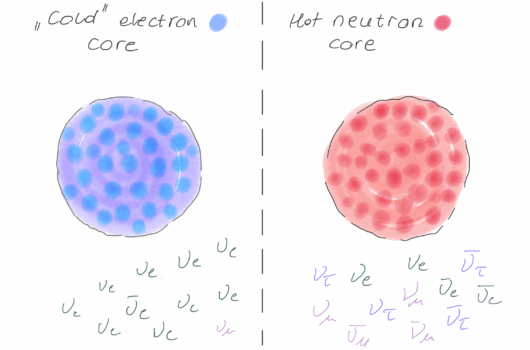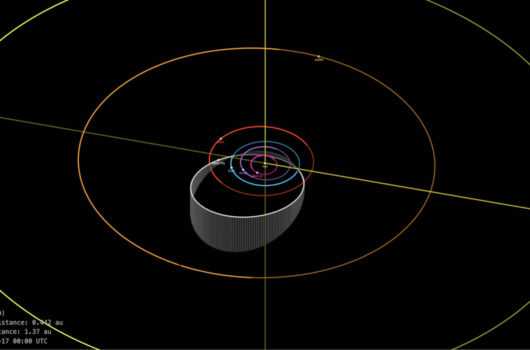Late-forming black holes and the antiproton, gamma-ray, and anti-helium excesses
Late-forming black holes and the antiproton, gamma-ray, and anti-helium excesses
View
Abstract
Black holes long-lived enough to be the dark matter have temperatures below the MeV. Since Hawking evaporation is a quasi-thermal process, no GeV emission is predicted to be produced by black holes if they are part, or all, of the cosmological dark matter. However, black holes could be “spawned” at late times with masses that correspond to short lifetimes, and as such be significantly hotter and produce particles well in excess of the GeV. Here, we show that such late-forming black holes could, at once, explain the tantalizing excesses found in the gamma radiation from the Galactic center, in the flux of cosmic-ray antiproton, and in the few tentative antihelium events reported by the anti-matter spectrometer AMS-02. We compute accurate predictions for the anti-deuteron, high-energy neutrino, and positron fluxes if this scenario is realized in nature. We find that while the neutrino and positron fluxes are too small compared to the expected background, a significant number of anti-deuteron events is expected both at AMS-02 and at the future General AntiParticle Spectrometer (GAPS).




